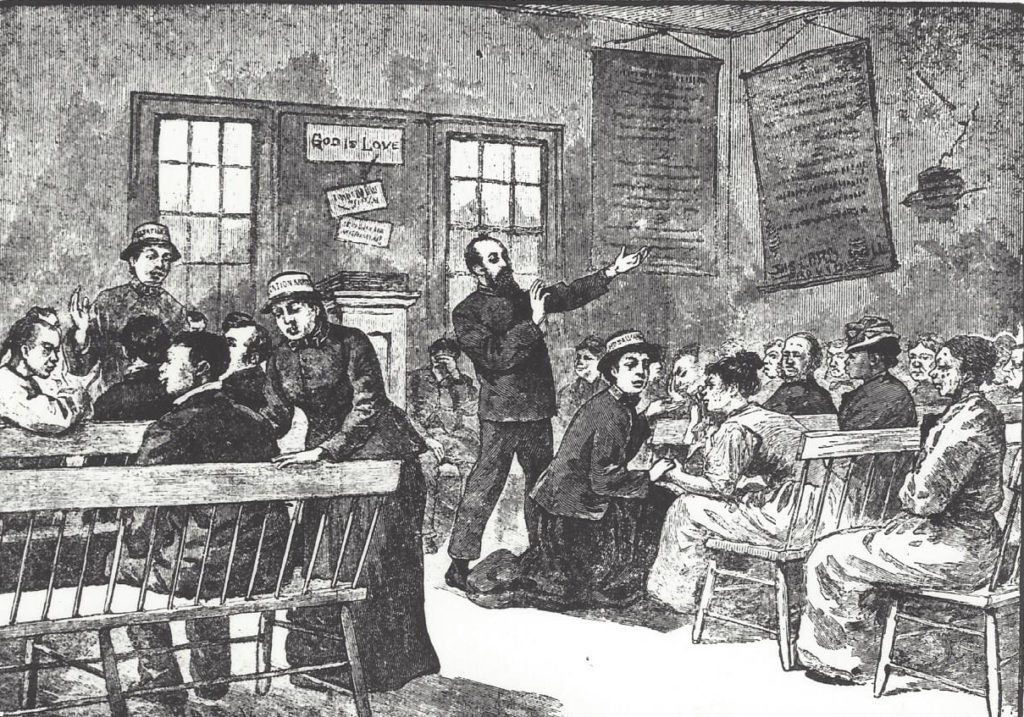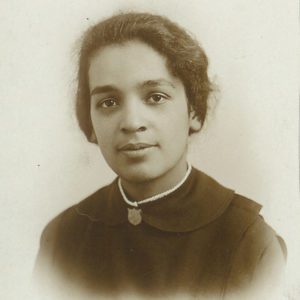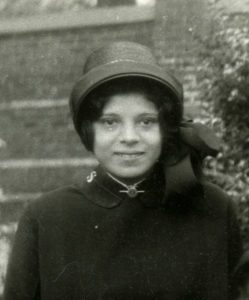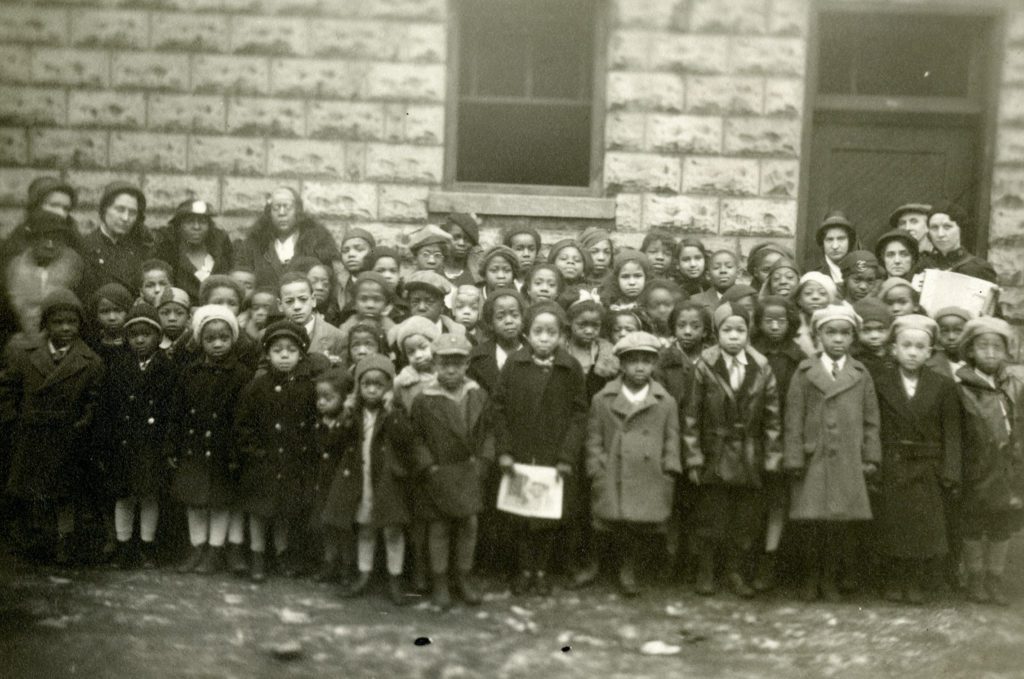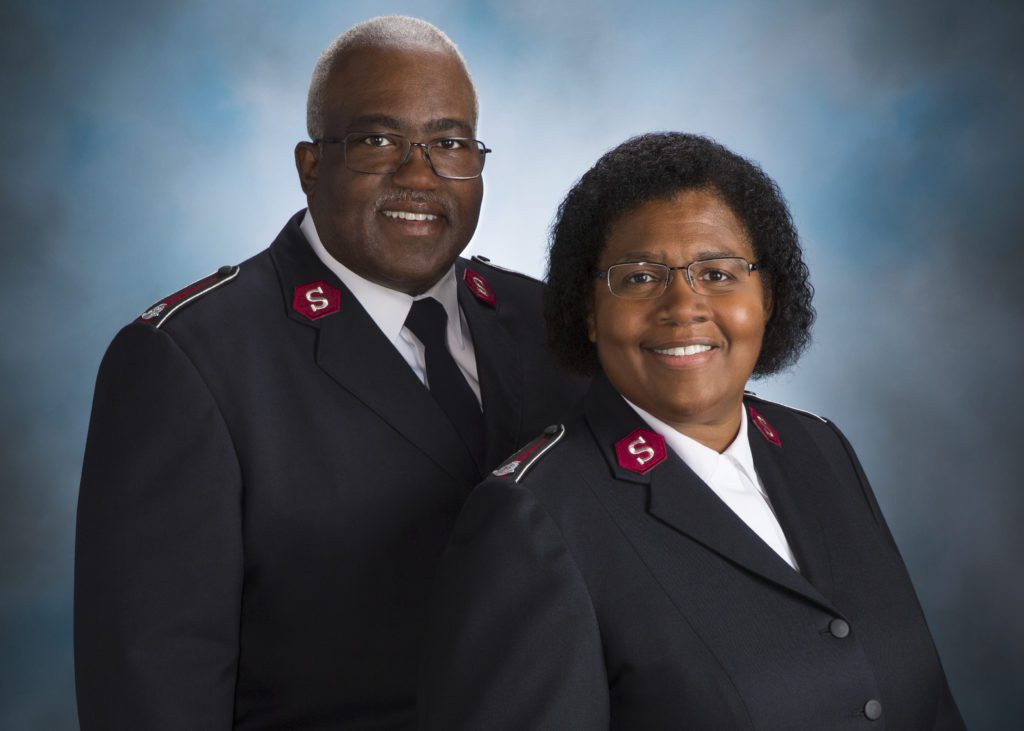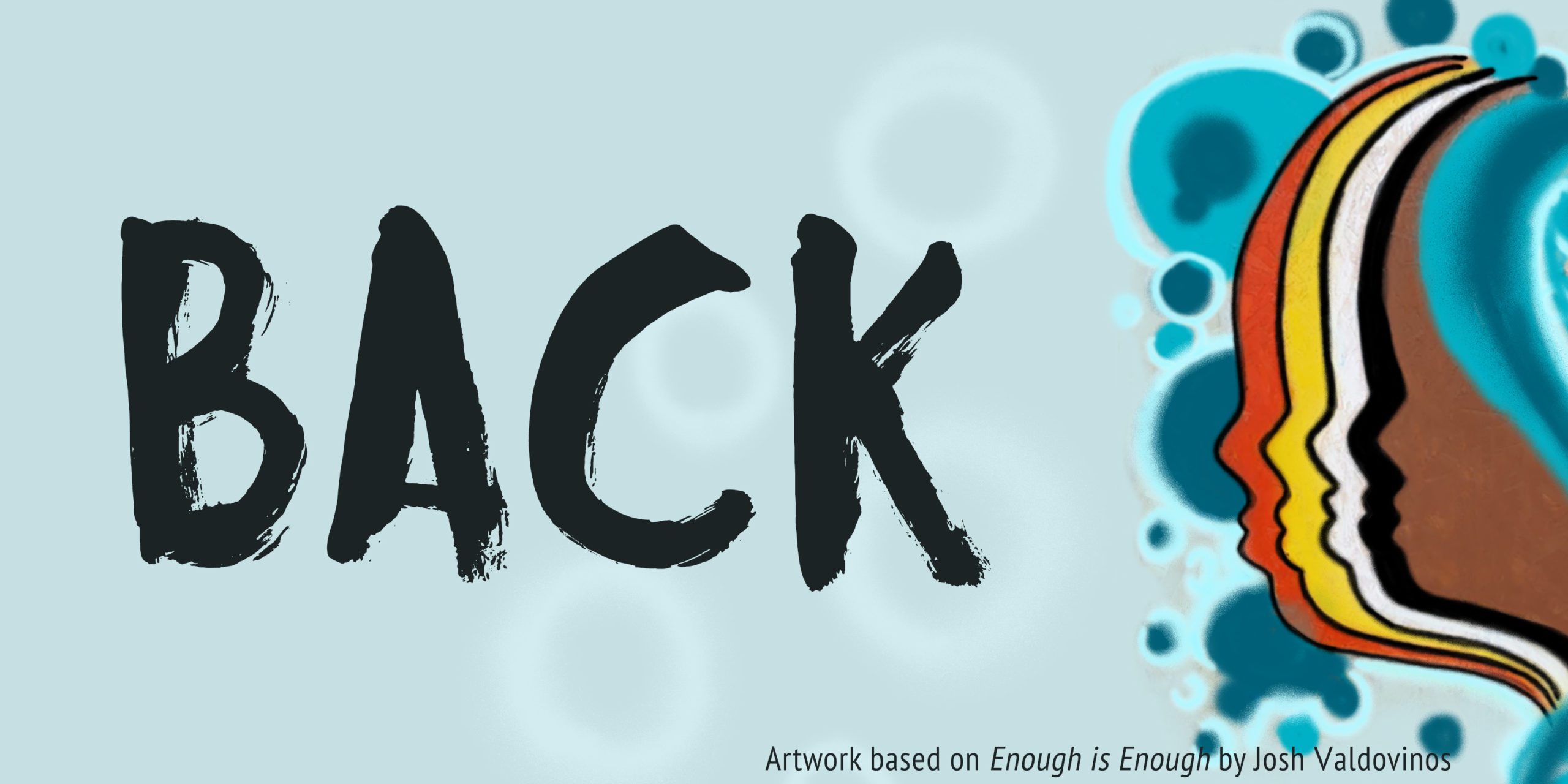
For more than 140 years The Salvation Army has been an integral part of America, helping those in need and providing a spiritual home. It is both a microcosm of America and responds to external forces in American society. This timeline illustrates some of these forces at work in Salvation Army history.
Researching diversity and inclusion in The Salvation Army is difficult. Non-profit organizations, the Army included, historically demonstrate impact and participation by recording the number of people served and not by identifying who is served. As a result, photographs are often the best resource for identifying demographic changes within corps. Combining photographic, archival, and genealogical records and comparing these sources to social and urban history brings to light how the Army both participated in and reacted to America’s changing demographic landscape.
The United States immigration process was altered to welcome immigrants from some countries while virtually eliminating immigration from others. This negatively impacted Railton’s goal of inclusion and equality as Americans became increasingly nationalistic and public opinion turned against immigrants, African Americans, Asians, and Hispanics. Since the 1880s, Salvation Army corps ministries have provided immigrant communities with a place to worship and celebrate their culture.
Between 1913 and 1920 seven officers, who were of African American, Chinese, Filipino-Hispanic, and Japanese descent, were commissioned from the Chicago Training Garrison (College for Officer Training). All but one served in West coast and Hawaiian corps.
The Central and Western Territories were created from the former Department of the West. The current boundaries of these two territories were finalized in 1927. Those existing corps which were formed to minister to Asian and Hispanic communities were located in the Southwest, Pacific coast, and Hawaii which then became part of the Western Territory.
Candelaria Zambrano became the first known Hispanic officer commissioned in the Central Territory. Born in Leon, Guanajuato, Mexico Candelaria immigrated to the US as a child and became a soldier at the Topeka, KS Corps. She married fellow officer Tobias Martinez in 1935. The Martinezes were appointed to serve in the Western Territory Hispanic Ministry. Brigadier Candelaria was Promoted to Glory in 1979.
The creation of America’s interstate transportation system often displaced urban neighborhoods, particularly African America and immigrant neighborhoods. In some cities new roads created a barrier which separated demographic groups. Public housing projects were created to address the needs of poor residents from displaced communities.
The Civil Rights Movement, changing demographic patterns in metropolitan areas, and changes to the immigration system encouraged new groups of people to move into the Midwest. Some Salvation Army corps relocated with their congregations while others stayed in place to serve newly diversified communities.
Juanita Wilson and Rosalyn Price became the first of four African American women cadets recruited from Detroit, MI corps with the intent that they would become corps officers for Detroit’s African American corps.
The first corps in the Central Territory opened specifically to minister to a designated non-European ethnic or racial group was the Chicago (Central Spanish), IL Corps which opened in June 1968. The corps merged with the Chicago (Belmont/Lakeview) corps in October 2001.
Colonels Paul and Anna Kim opened the Chicago (Korean) IL Corps a month after arriving in Chicago from the Korean Territory. Today, renamed the Mayfair Community Church, the corps serves as a valuable spiritual, linguistic, and cultural hub of Chicago’s Korean community. In 2018 the corps merged with the Chicago (Irving Park), IL Corps and now holds services in both Korean and Spanish.
Minneapolis (Tabernacle), MN corps. opened to serve the needs of the Laotian community. Minneapolis is home to the largest Laotian community outside of Laos. It merged into the already diverse Minneapolis (Central) corps in 2007.

